Day 27 - The Chūgoku 33 Temple Kannon Pilgrimage, Japan - Visiting Kozanji, Temple #19 in Chofu, A Story Teller, A Samurai Incarnating Into A Crab, And A Japanese Monkey In Shimonoseki

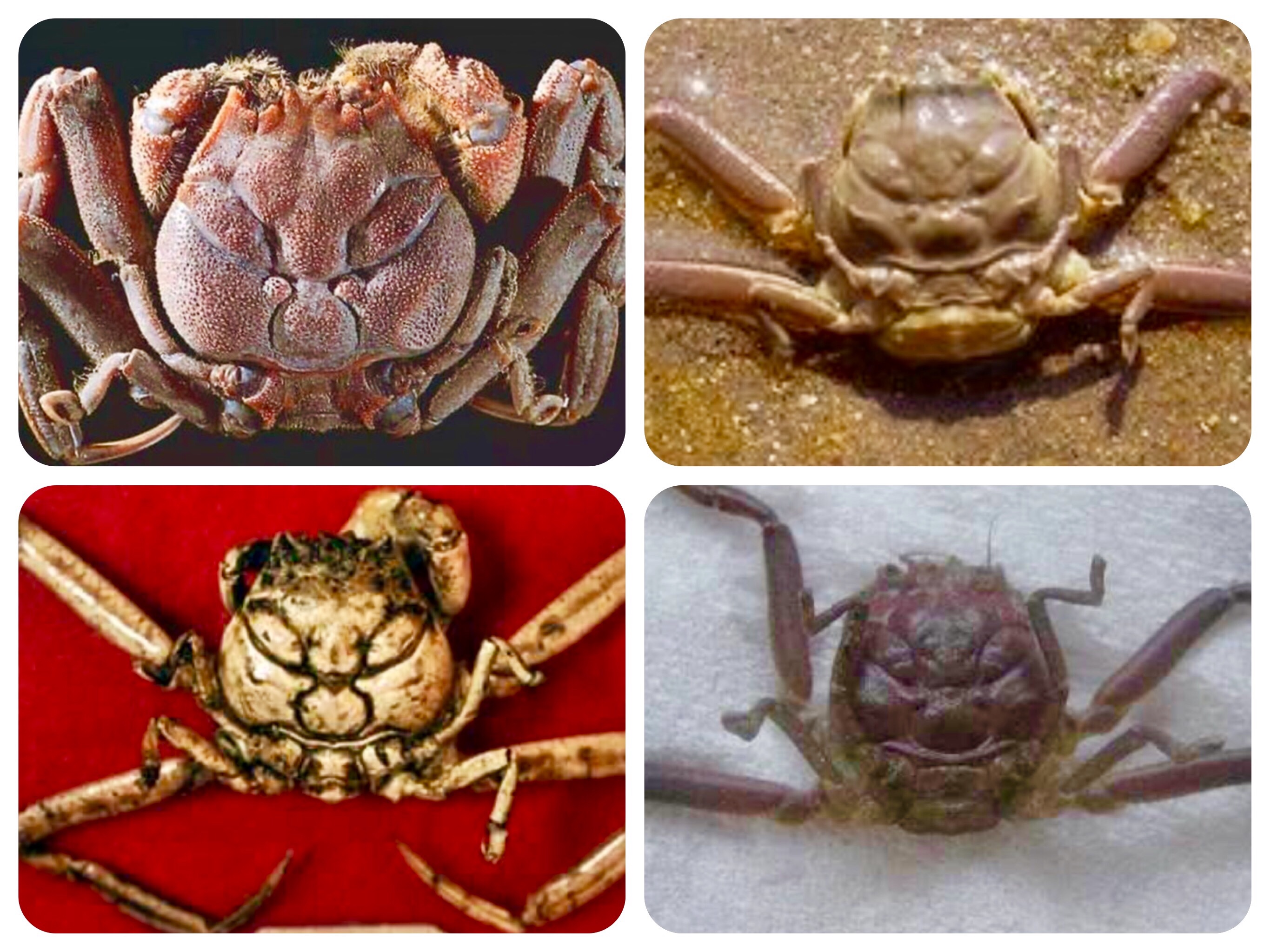


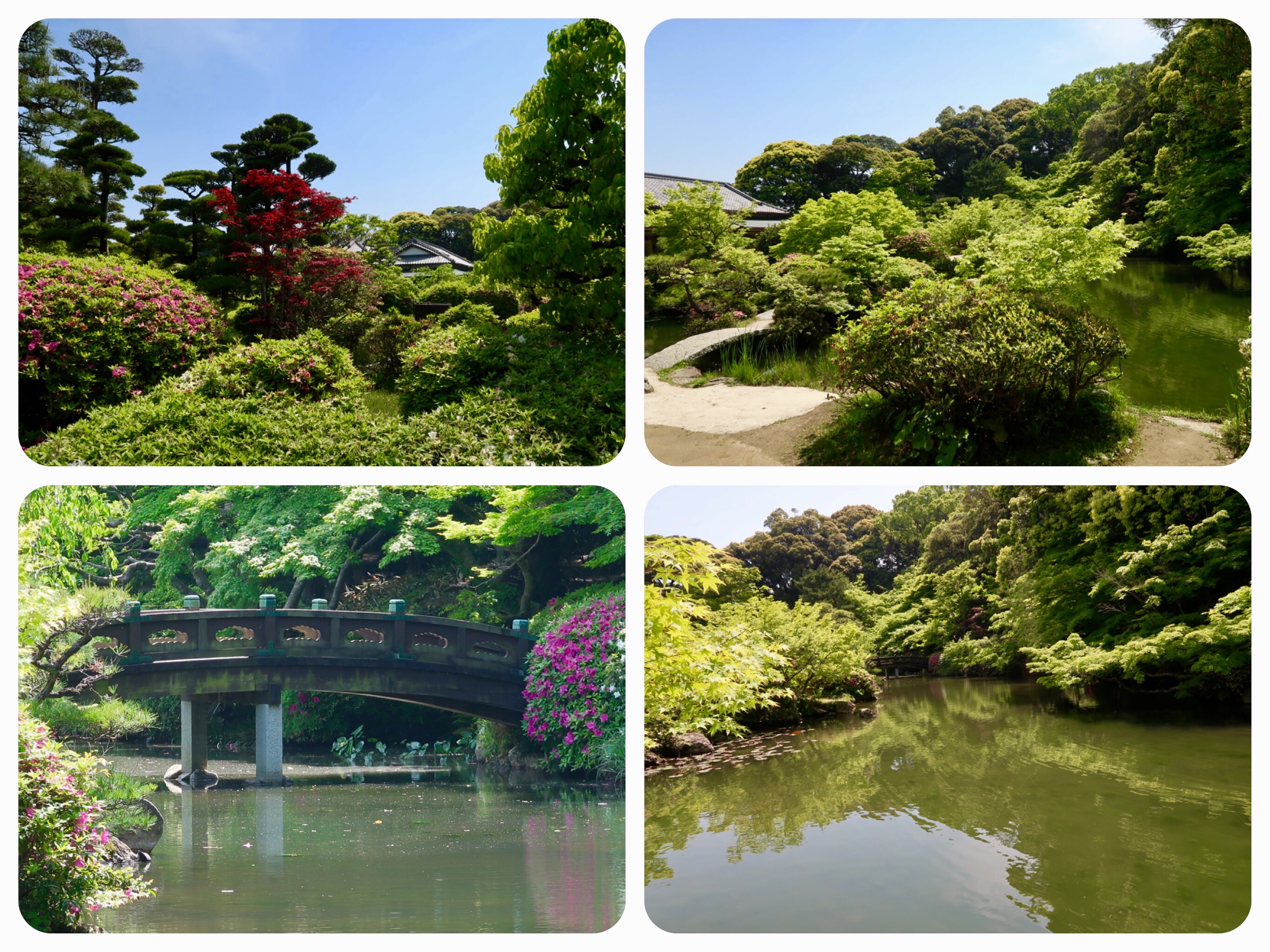







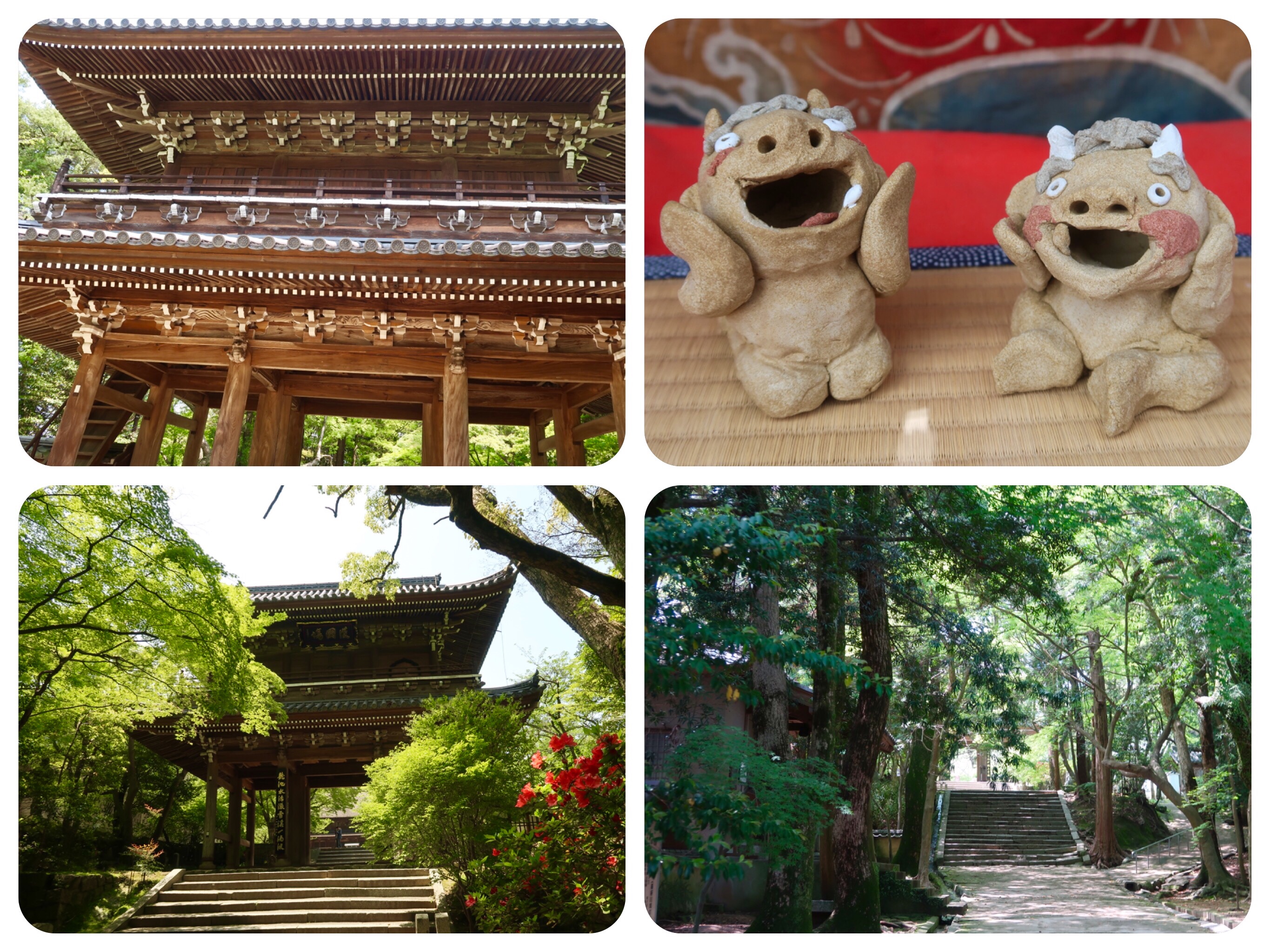










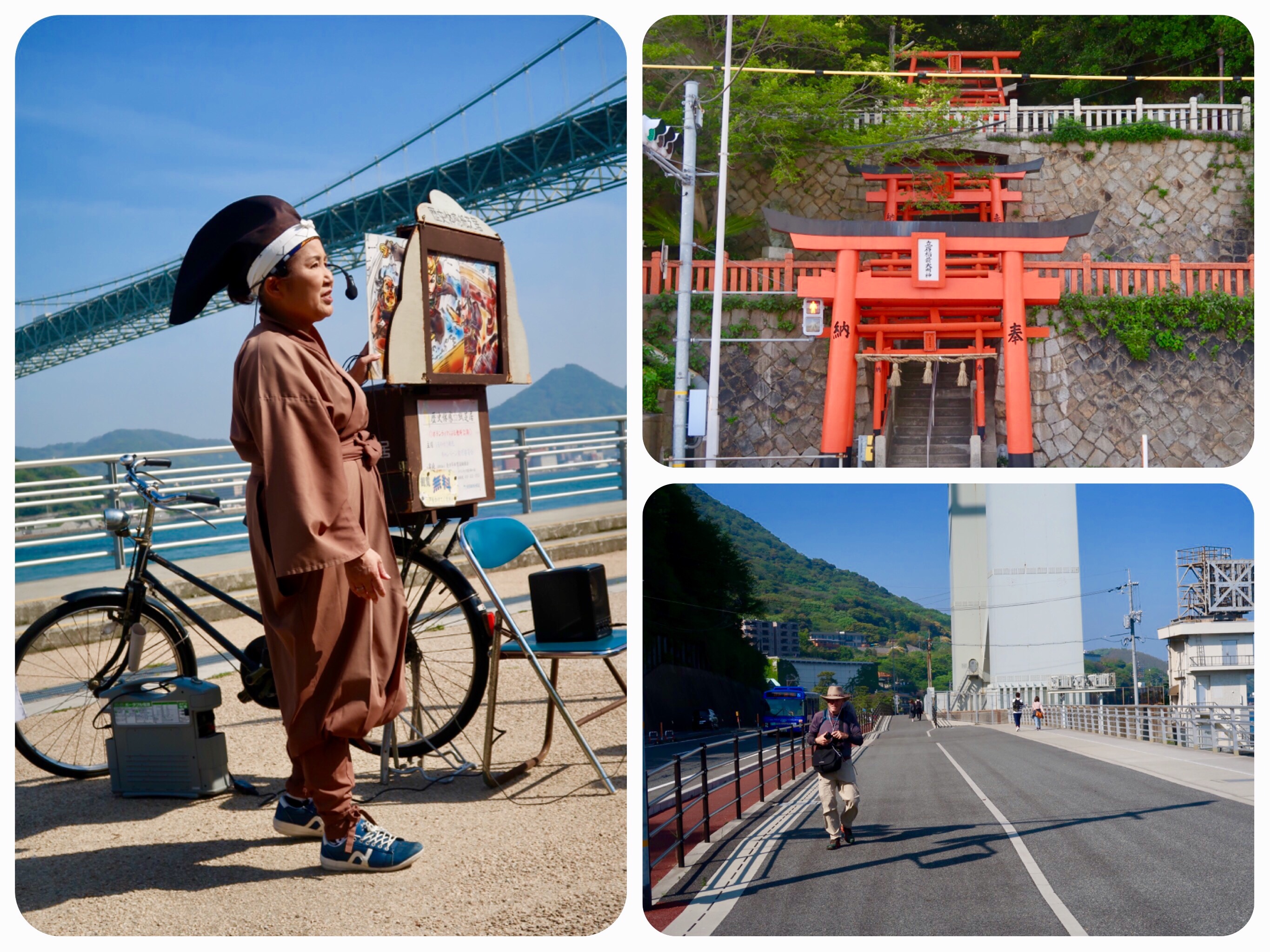

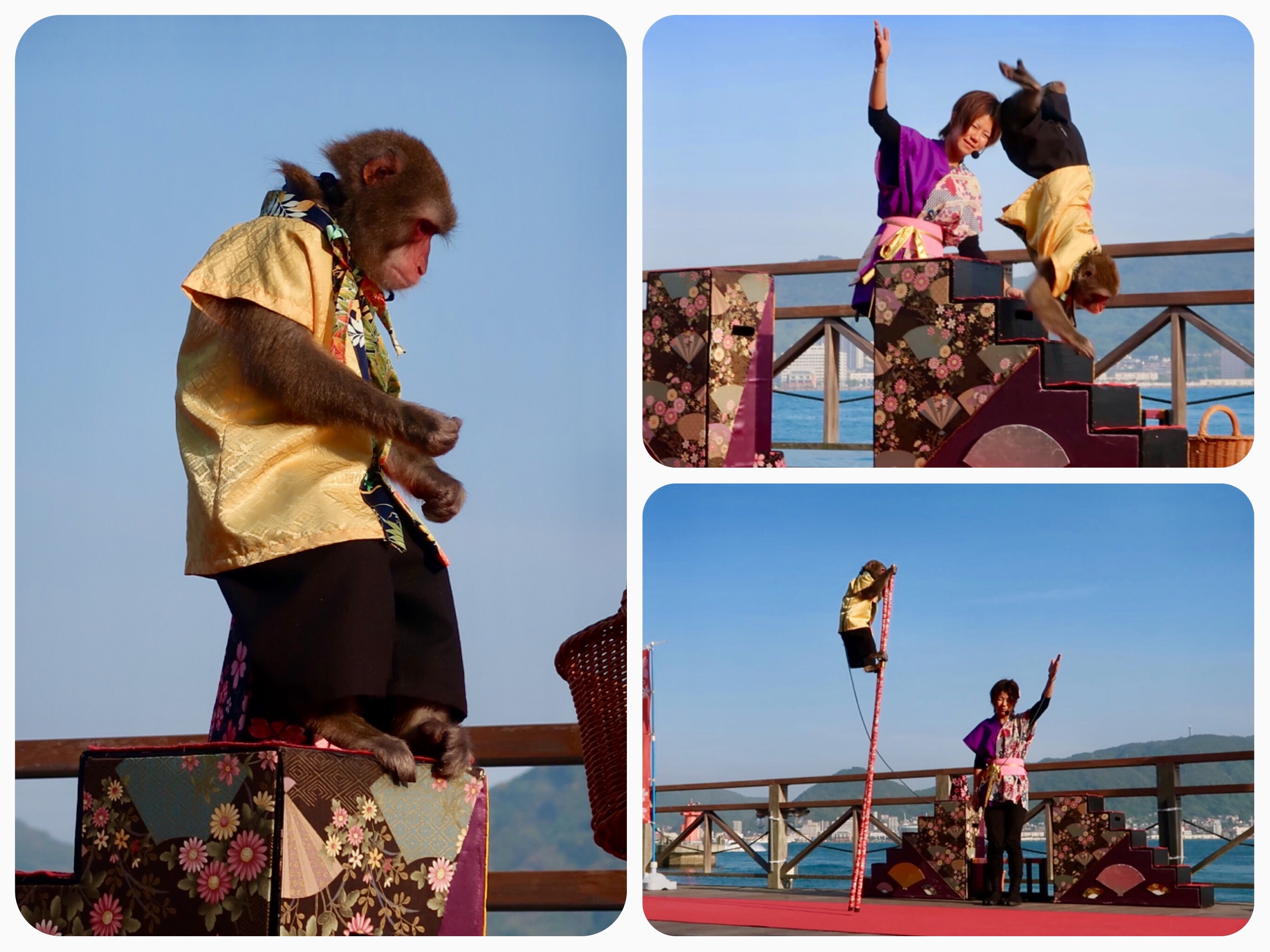
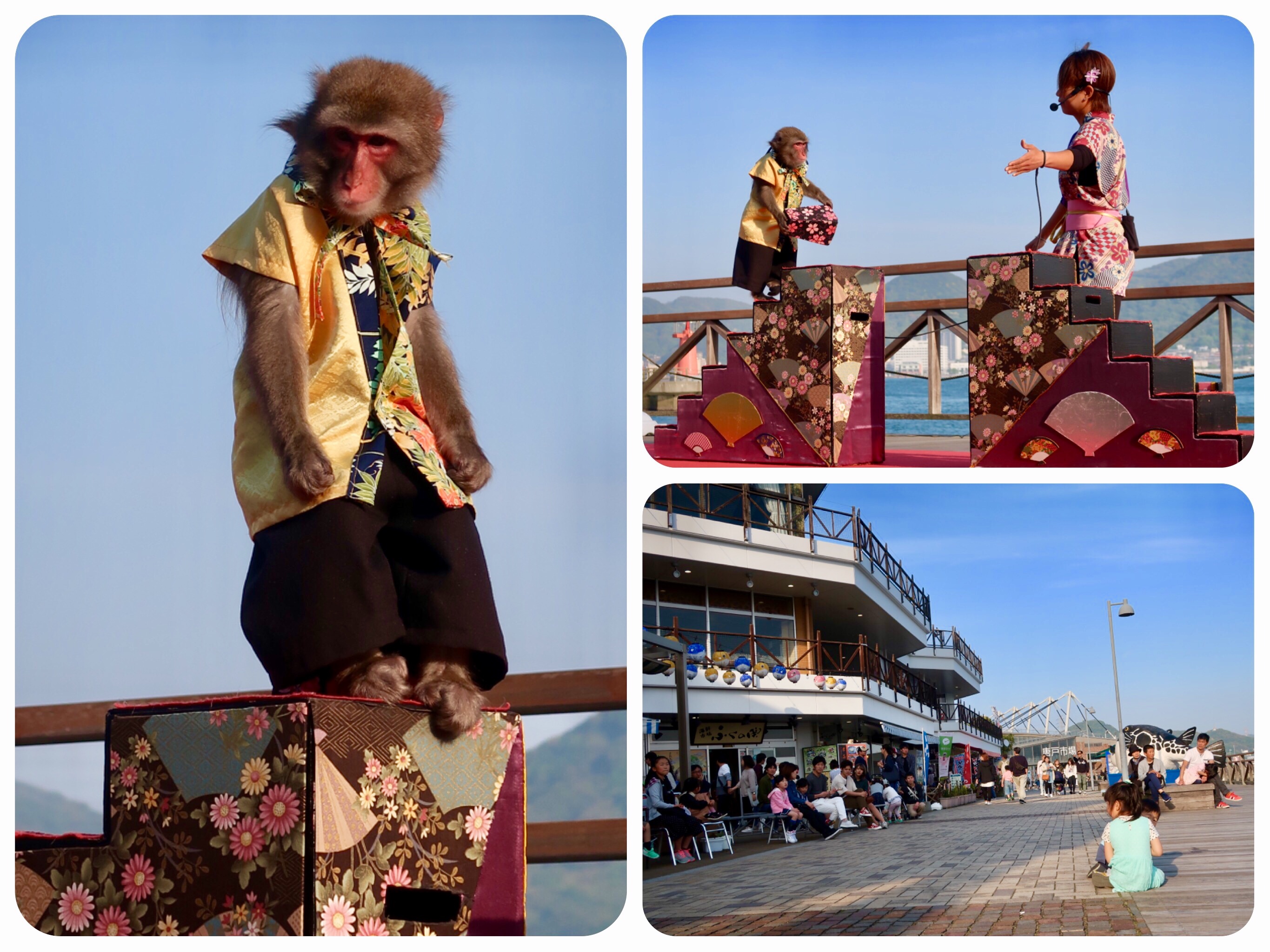



Day 27 - The Chūgoku 33 Temple Kannon Pilgrimage, Japan - Visiting Kozanji, Temple #19 in Chofu, Seeing a Story Teller, a Samurai Incarnating Into a Crab, and a Japanese Monkey In Shimonoseki
Today was an enjoyable day on the pilgrimage, perhaps because we took the time to really enjoy the places that we passed through.
I woke up this morning still congested, but feeling much better.
My throat was no longer sore, and the forecast called for a sunny and dry week ahead.
We dressed up for walking in the sun and the heat.
I wore my long sleeve sun shirt, sun gloves, a hat and put some sunscreen lotion on my face.
We walked south towards the town of Chofu, where Kozanji, the southernmost temple on our pilgrimage, is located.
From here, the pilgrimage route goes through the mountains, crossing northeast towards the historic coastal town of Hagi.
But we have not yet been to Shimonoseki, the town located at the southernmost tip of Honshū island, the main Island of Japan.
We decided to continue walking south to Shimonoseki and stay two nights there, to see and enjoy the area.
I also wanted to cross the straits, into Kita-Kyushu, and visit the nearest Montbell outdoor gear shop, to buy a waterproofing spray.
I want to apply it to our Gortex rain jackets, which are not as waterproofed any more, from washing them in the laundry often.
Continuing to walk south will make our pilgrimage longer, but it will also be more interesting and we will have a chance to see and enjoy new places.
Kozanji temple is located in the town of Chofu.
Chofu is a small but very pretty castle town, established by the Mori clan, the last lords of the Chofu domain.
When we walked into Chofu, I immediately mentioned to Jules that this is a lovely town, but we still did not see any tourists walking around.
I noticed the many temples on the road, and the small antiques, handcrafts and ceramic shops, cafes and places to dine.
The area got even nicer when we walked by the canal onto the streets lined with earthen walls and samurai houses.
Some of the old architecture was wonderful, and the streets were paved with stone and planted with cherry trees.
Some houses operate as specialty shops or cafes.
While not too busy, it was so nice to see other tourists walking around the town.
Before visiting the temple, we sat in a small cafe called “Gatto.”
People highly recommended their homemade cheese cake.
The cafe was small and very charming.
The man who owns it was also charming and kind.
He made us soy milk coffees and indeed, his cheesecake was very good.
Kozanji temple was built in the year 1327.
There are two gates leading to the temple, a smaller gate and a second, very impressive two-story wooden gate that has been recently restored to its former glory.
The main hall has a thick thatched roof, and a precious ancient Kannon Goddess is enshrined there.
After visiting the temple, we walked to the lovely Chofu-Teien garden.
The Garden is a classical and elegant Japanese style garden, with a pond, curved bridges, a stone pagoda and many species of native trees.
There is also a tea house and the Chofu’s Mori Residence, that today housed an exhibition of handmade ceramic dolls.
Photos were not allowed, but the couple who manned the exhibition were delighted to talk to us and show us around.
The dolls looked very precious, and included many characters from Japanese culture.
There were Geishas and Maiko, Japanese Kabuki actors, mothers carrying children in wicker baskets on their backs, feudal lords and Samurais, Shinto priests and priestesses, and much more.
The magnificently crafted ceramic dolls were painted with all natural mineral dyes, and their prices ranged from $500 for a small box to use for fragrance paste, to about $3000.
From Chofu, we walked south towards Shimonoseki.
Along the way we passed by a site at the water’s edge in Mimosusogawa, where the Battle of Dannoura was fought.
The Kamakura Period (1185-1333) began when the Minamoto clan defeated the Taira clan at the Battle of Dannoura (Shimonoseki) in 1185.
It marked the beginning of the period when Yorimoto Minamoto was Japan's first Shogun, in 1192.
The recreated cannons on the waterfront commemorate another battle that took place here in the late 1800’s, when Japan fought and lost against a combined force from the USA, the UK and the Dutch.
At the busy waterfront, I saw a story teller, dressed like a shinto priestess.
Pilgrimage or not, I was determined to sit and listen.
I chose a shaded place under a tree, and observed.
She had an old bicycle with an attached wooden box, that included a speaker and a microphone, and converted into a small puppet show stage.
She had paintings depicting the local stories and legends of the era.
She spoke only in Japanese, but I could make out what she was saying from the paintings and her words.
When she finished her presentation, she took out a picture frame box with a small crab in it.
She said it is called Heikegani, a Kani (crab) that is unique only to this part of Japan.
She also said that the locals never eat it.
At first I thought that the locals do not eat it because it is so tiny and has almost no meat, but the story unfolded quite differently.
The Heikegani, (平家蟹, ヘイケガニ), which is a species of small native crabs, have a shell that bears a pattern resembling a Japanese human face.
It is believed to be the face of an angry samurai, and thus the name for these crabs is “Samurai Crab.”
The locals believe that these crabs are reincarnations of the Heike warriors who were killed in the Battle of Dannoura.
I have to say that the resemblance of the crab shell to an angry samurai face, is truly uncanny.
Farther along Route 9, we passed the Kanmon Bridge, which is dedicated to the defeated Taira clan and the eight-year-old Emperor Antoku, who drowned at the Battle of Dan-no-ura.
One of his samurais jumped with him into the sea, to avoid his being taken a prisoner.
There is a pedestrian tunnel that runs under the Kanmon Bridge, and allows travelers to walk from Honshu Island to Kyushu island.
In 1973, the two islands were connected by the Kanmonkyo Bridge, which carries car traffic across its central span of 712 meters.
The Kanmon pedestrian tunnel is the first underseas tunnel in Japan.
We are very lucky to arrive in Shimonoseki at the time of the annual Sentei Festival – a Matsuri that is 840 years old, that parades through town towards the beautiful Akama-jingū shrine.
I will write about it tomorrow, after we witness the parade.
We will be staying right next door to the famous Karato wholesale Fish Market, which is on the boardwalk.
There is also a huge Aquarium, with dolphin and sea lion shows, penguins and vast numbers of fish on display.
If you walk the streets of Shimonoseki, you will see that there is a symbol of a fugu (puffer fish), on all the manhole covers.
Many restaurants in town serve Fugu fish, which is loved by most Japanese people.
Fugu is a fish that takes expert filleting and cleaning, or the flesh can be poisonous and deadly if eaten.
The aquarium has 100 different varieties of fugu fish.
The Shimonoseki boardwalk is wide and busy with eateries and people.
We had some fresh fruit juices and a freshly made Nan pizza, baked in a traditional tandoor oven.
There was a Monkey performance at the water’s edge, which I sat to enjoy.
It was a very hot day of walking in the sun, but we had a fabulous time and finally, we had arrived at the tip of Honshū, the main island of Japan!
Hurrah!!!
Wishing you love, blessings and harmony,
Tali
Daily Stats:
Steps: 25,608 steps
Distance Walked: 19 Kilometers
Active Walking: 5 hours
Total Time: 7 hours
Total distance walked on the pilgrimage so far: 557 Kilometers
Temple Visited: Kozanji, Temple #19 in Chofu
Accommodation: Ube International Hotel in Ube.
A part of the Kokusai hotel chain with nice, western style rooms and breakfast.